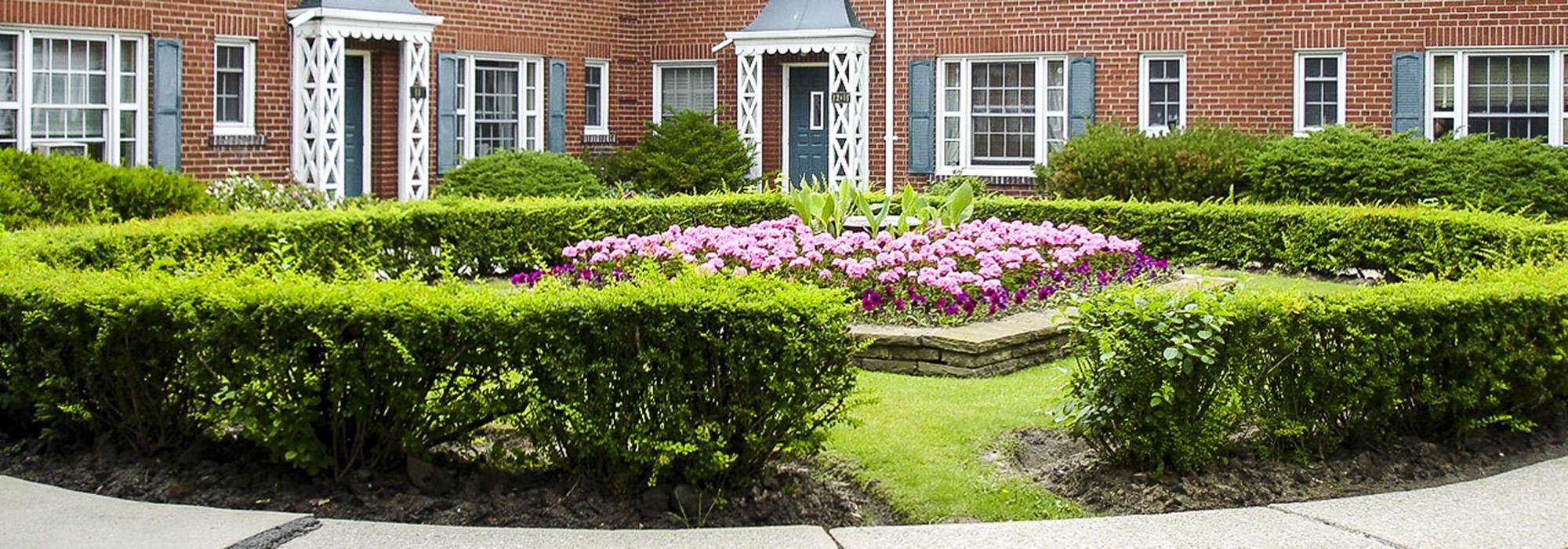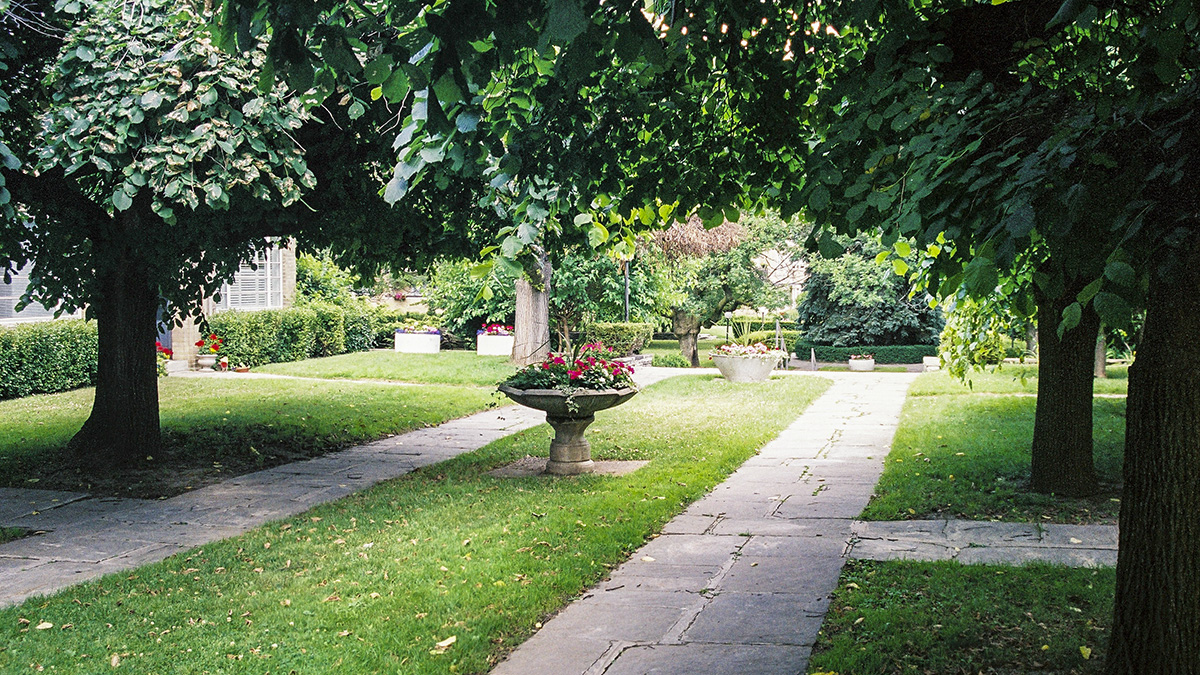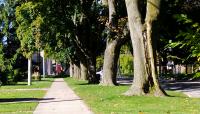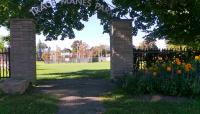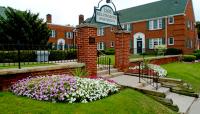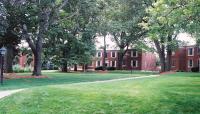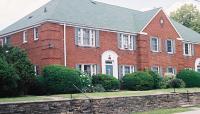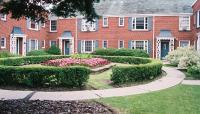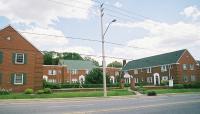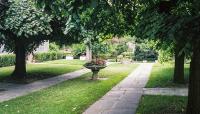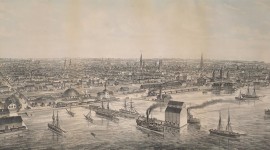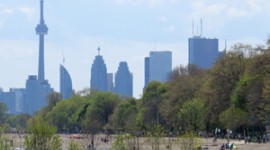Landscape Information
Designed by landscape architect and town planner Frederick Todd and incorporated in 1913 as the Town of Leaside, this neighborhood was developed by a subsidiary of the Canadian Northern Railway (C.N.R.) to generate real-estate revenue. The town derived its name from Leaside Junction, a railway station established there in 1894, named for the nearby octagonal farmhouse called Leaside, built in 1851-1854 by William Lea. The C.N.R. subsequently acquired land north of Leaside Junction for a maintenance facility, and eventually accumulated over 400 hectares of land (including 121 hectares of the Lea property) between Bayview Avenue and Leslie Street, to build its ‘model town.’
Todd’s design reserved the southeastern quarter of the site for industrial use, which flourished first, with 52 companies in place by the end of the 1930s. During World War I, an airfield was built there, noteworthy as the site of Canada’s first airmail delivery in 1918. Economic recession slowed residential development, which materialized fully only after World War II, with single-family homes set uniformly along narrow, curvilinear, tree-lined streets (many named for C.N.R. executives) and on cul-de-sacs. The construction of churches and commercial establishments coincided with the development of housing. Todd’s plan indicates six large “gardens,” among the plots, but housing came to occupy most of them. For recreation, most residents relied on the playfields and tennis courts associated with the schools. The Town of Leaside was amalgamated with the Borough of East York in 1967, and passenger-rail service to it ended in 1970, when Leaside Junction closed.



